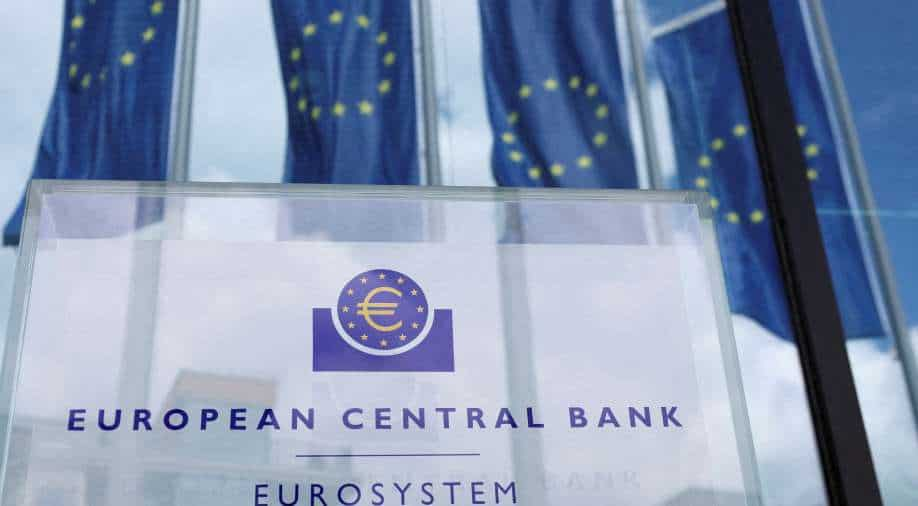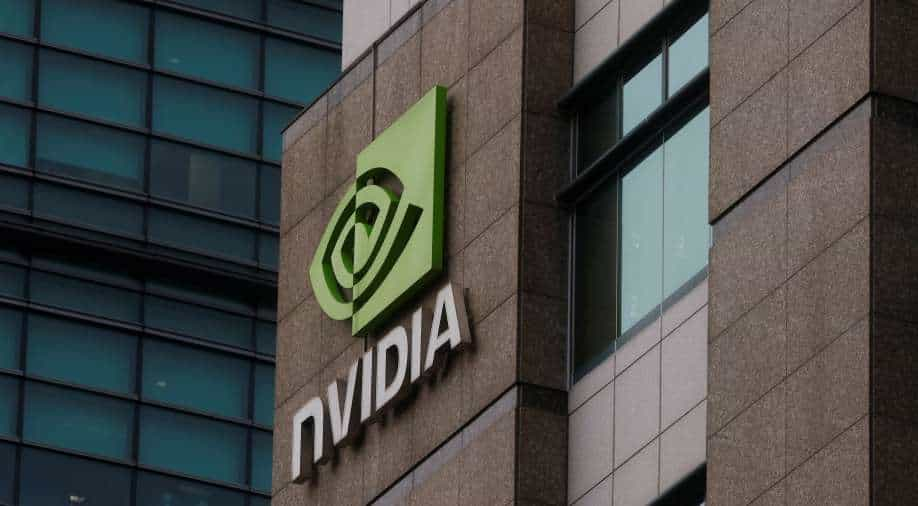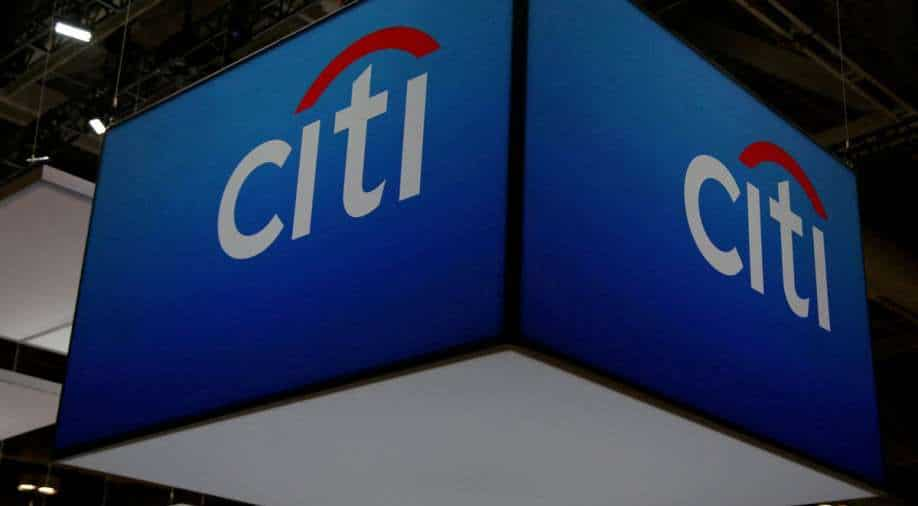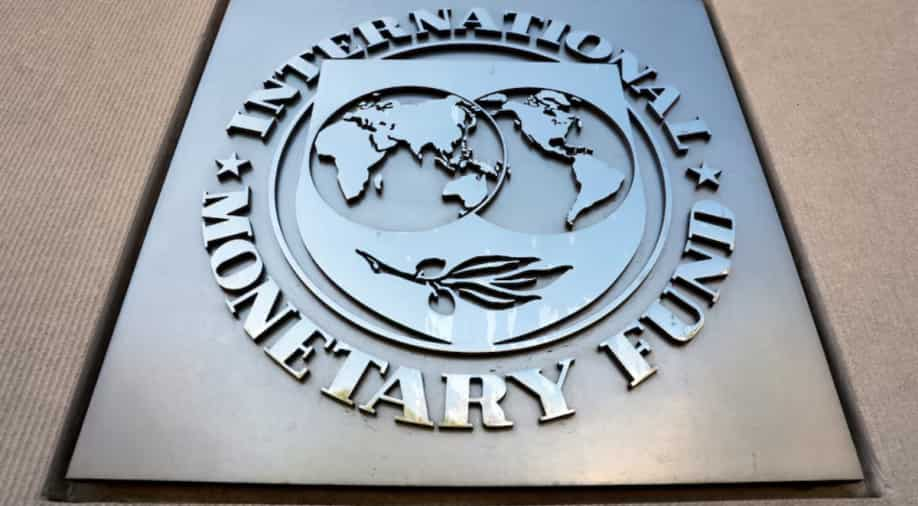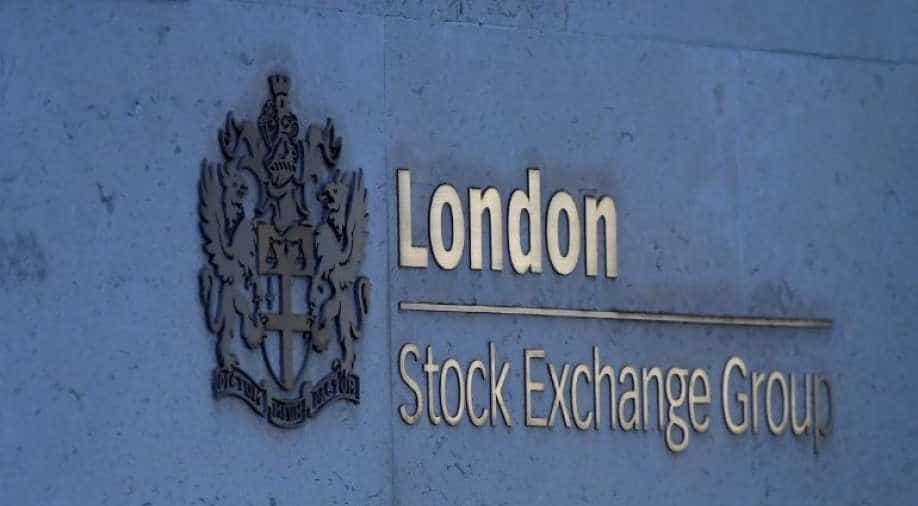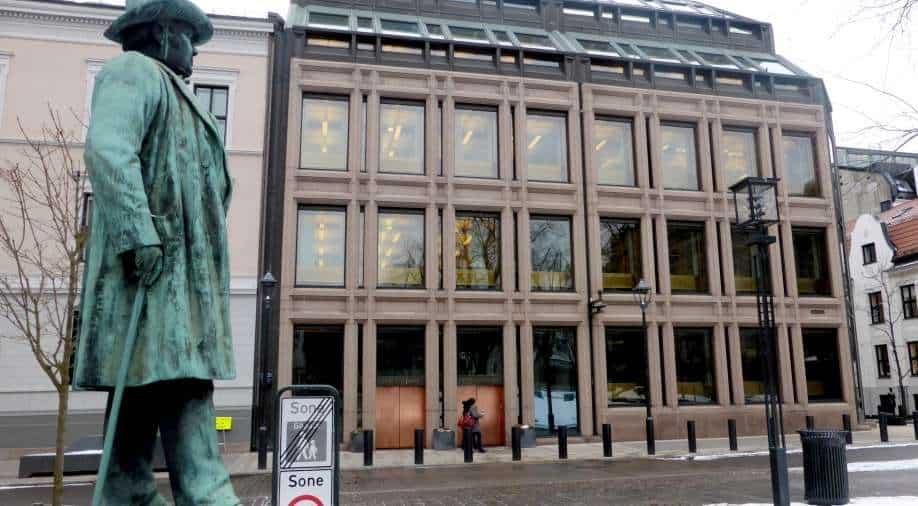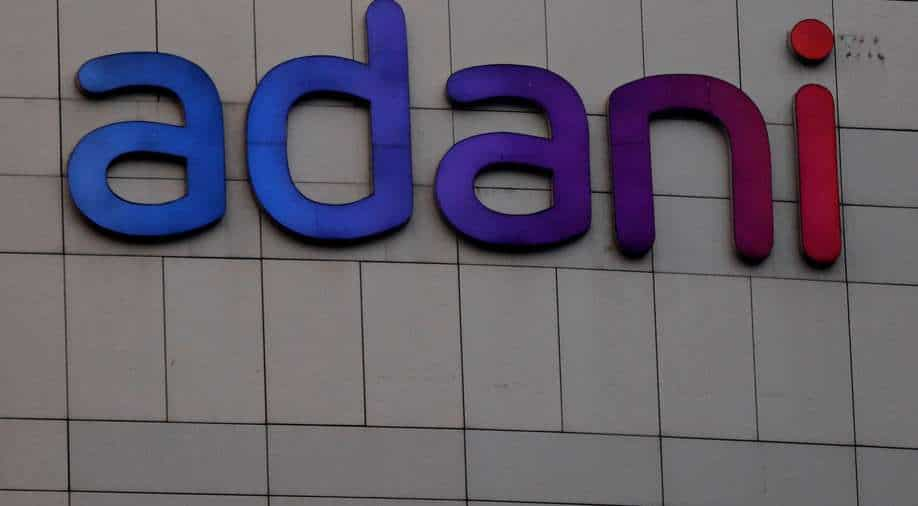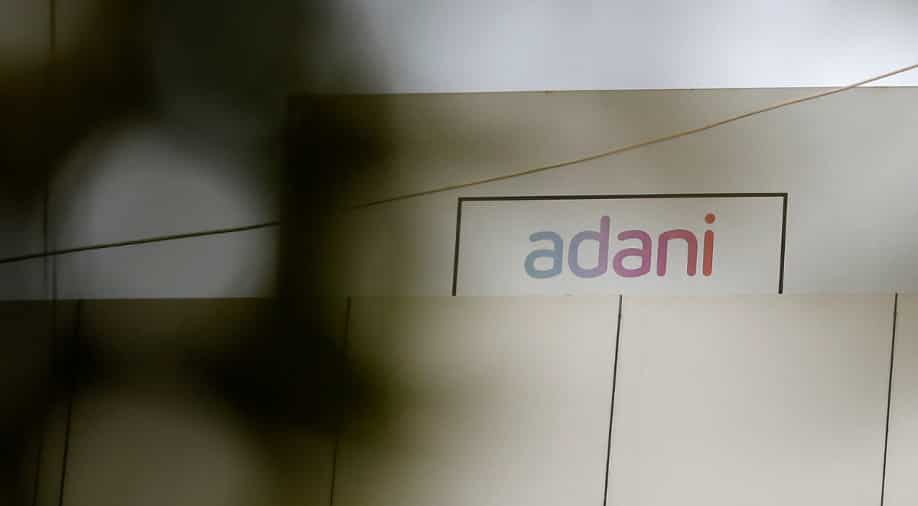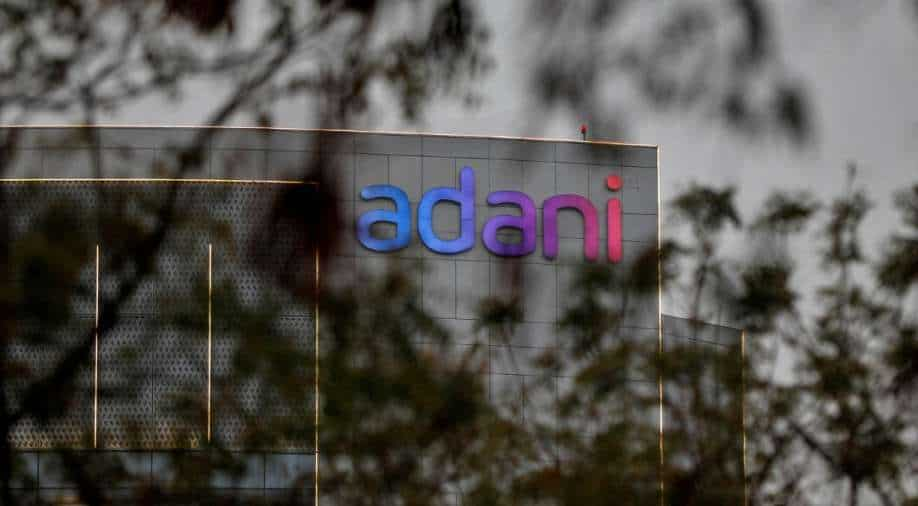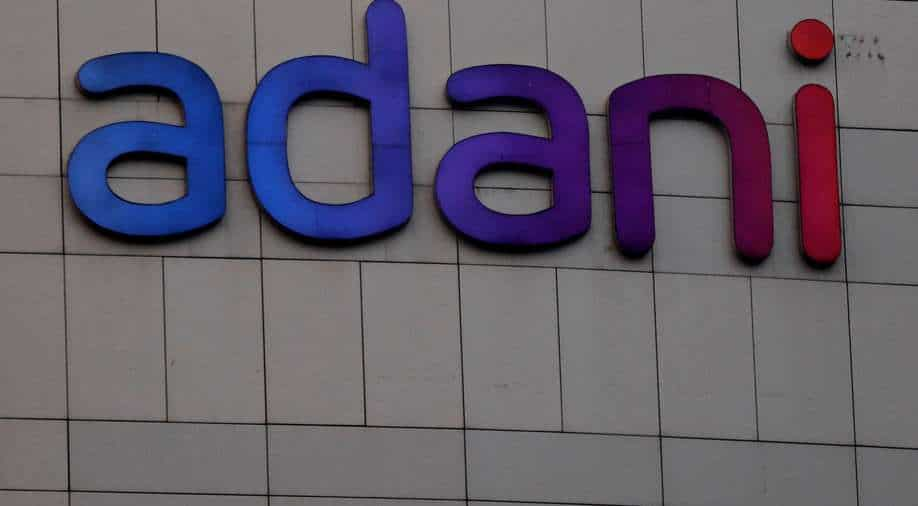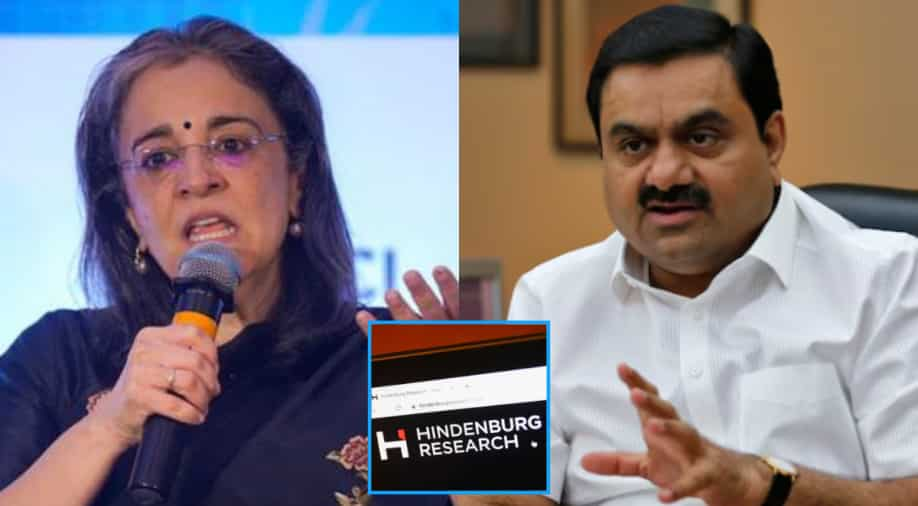As India's Finance Minister Nirmala Sitharaman tabled Budget 2024, it saw some major changes in tax slabs and tax rates on capital gains. But how much of it did turn profitable for the middle class? On the morning of July 23, 2024, India's Finance Minister Nirmala Sitharaman, clad in a white saree with red border (which somehow always manages to make it to the headlines), held the red-coloured bahi-khata - which has become an emblem of tradition in the modern-day Indian Parliament - and posed for the crowd of reporters as millions of people belonging to the country's middle-class watched with hope what she will bring to the table in her seventh consecutive budget. But soon those eyes full of hope appeared to have turned into the gaze of dismay as the finance minister announced the revision in the tax rates, controversial removal of indexation, tax on buyback of shares and efforts to make investment instruments like EPF and NPS attractive. All eyes of the middle class on the #UnionBudget pic.twitter.com/j5VuwYJONL The verdict on Budget was out in the open within minutes when the S&P BSE Sensex crashed by 1,178 points, dropping below 80,000 and the day eventually ended in red. Post-budget, Minister Sitharaman said, "I want to give relief to the middle class". But did the middle class really get any relief? Today, we are here trying to understand what actually came to their coffers and what all left. For the middle class, the biggest announcement in the budget is the revision of the income tax. This time, there was no relief in the old tax regime but some changes were made in the new tax regime. Let's understand how much we are saving with these changes. If we try to compare the two tax regimes, the minimum deductions needed to save the same tax in the same bracket are as follows. Source: EY India Before the changes were introduced in the new tax regime, a person with an income of Rs 20 lakh needed to claim a minimum deduction of Rs 4.25 lakh in the old tax regime to reach the position of tax return. Now, the minimum deduction limit stands at Rs 4,83,333, which is a surge of Rs 58,333. Also Read: Money-Wise: 'Indexation' gone in real estate, is property still best investment for Indians? Now, let's talk about the reliefs in the new tax regime. a) Standard deduction has been increased to Rs 75,000 from Rs 50,000 = Rs 25,000 saved b) Standard deduction for family pensioners increased to Rs 25,000 from Rs 15,000 = Rs 10,000 saved c) The minimum bracket of the tax slab was revised from Rs 2,50,000 to Rs 3,00,000 = Rs 50,000 saved However, these changes are introduced in the new regime where no investments made in traditional investment instruments that fall under 80C or 80D are considered. The old tax regime remained unchanged or rather ignored which forced people to think if it would be phased out in future. Your ancestors paid no tax on LTCG. You will pay 12.5% tax on LTCG. Your ancestors paid no tax on the dividends. You will pay tax on the dividends as per your income slab. Your ancestors paid no STT. You will pay higher STT. Your ancestors got the indexation benefits. You will… pic.twitter.com/XdHa6YeRbr Founder and Managing Director of Vibhavangal Anukulakara Private, Siddharth Maurya, explaining the nature of the new tax regime told WION, "Actual taxpayers along with high expenditures on instruments such as PF, home loans, and insurance policies are likely to be better off in the old regime even with higher brackets of taxation because of the plethora of deductions out there." Apart from the income tax, interest on capital gains was also increased which meant more expenditure for the middle class. The LTCG (Long Term Capital Gains Tax) was increased from 10 per cent to 12.5 per cent and STCG (Short-term Capital Gains Tax) was revised from 15 per cent to 20 per cent. The middle class was given relief when the limit of exemption of capital gains on some financial assets was increased from Rs 1,00,000 to Rs 1,25,000 per year. However, the investors still need to pay a good amount of tax on their investments in mutual funds and shares. Watch: Budget 2024: What the budget means for the middle class? The last and most debated change was the removal of indexation benefits which took away the inflation rate revision on the prices of the properties and left the house owners in doldrums. In this case, the slight relief to the house owners was a decrease in the long-term capital gains (LTCG) tax on immovable properties to 12.5 per cent from 20 per cent. These changes in the tax rates sparked a plethora of memes, one of which gave a stark calculation of how the upper-middle-class people are losing all that they are gaining in this budget. Received this forward. A perfect flowchart depicting how the earning class is being burdened with taxes pic.twitter.com/pXaaLT1s0o So, who should opt for the old tax regime and who should choose the new tax regime? Here's what our expert Siddharth Maurya, Founder & Managing Director of Vibhavangal Anukulakara Private Limited said Best For: People, who employ more deductions and exemptions like HRA, 80C (contribution to PF, PPF, life insurance, etc.), 80D (medical insurance), and home loan interest. Benefits: It can create a major opportunity for those people who organise their financial conditions properly and have a lot of opportunities to receive deductions. Drawback: Yes, it takes more space for planning taxes and documenting. Best For: Those people who are paid a fixed amount and do not have a large number of stocks or any other sort of investment, or those people who want to spend less time preparing their taxes. Benefits: Lower tax being payable on a larger number of assessments without the need of having to invest in tax-saving instruments. Easy tax returns because of the lower number of people seeking deductions and exemptions. Drawback: Absence of the motive to save and invest as was the case before the change in the system. Prisha is a digital journalist at WION and she majorly covers international politics. She loves to dive into features and explore different cultures and histories of
| Gross Income Level (In Rs) | Minimum deductions in old tax regime | Tax payable in old regime | Tax payable in new regime |
| At 7.7 lakhs | 3,25,000 | - | - |
| At 10 lakhs | 3,50,000 | 44,200 | 44,200 |
| At 12.5 lakhs | 4,31,250 | 79,300 | 79,300 |
| At 15.75 lakhs | 4,83,333 | 1,45,600 | 1,45,600 |
| At 20 lakhs | 4,83,333 | 2,78,200 | 2,78,200 |
Popular Tags:
Share This Post:

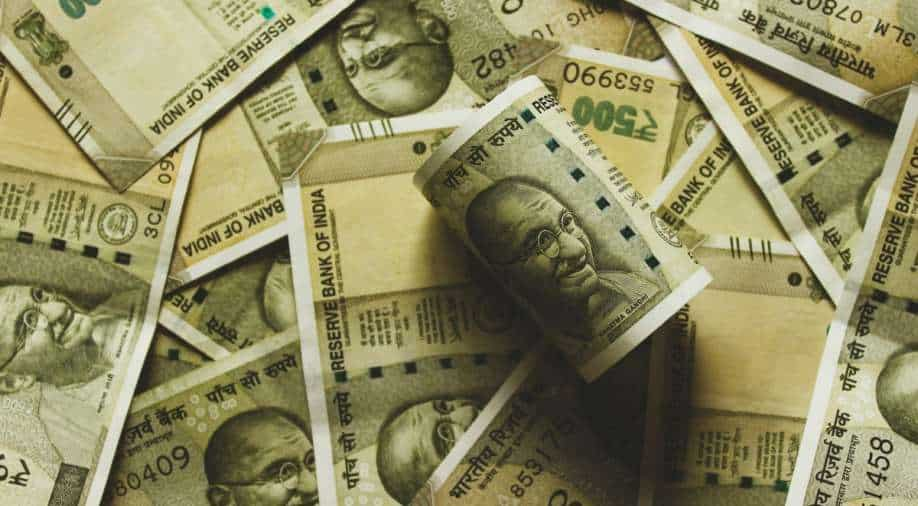
Foreign investors inject Rs 11,366 crore into Indian debt; 2024 inflows surpass Rs 1 lakh crore
August 27, 2024What’s New
Spotlight
Today’s Hot
-
- August 25, 2024
-
- August 25, 2024
-
- August 25, 2024
Featured News
Latest From This Week
Ola Electric Q1 results: Net loss widens, revenue climbs 32%
BUSINESS-ECONOMY
- by Sarkai Info
- August 15, 2024
Norway's sovereign wealth fund achieves $138 billion profit in 2024, boosted by AI surge
BUSINESS-ECONOMY
- by Sarkai Info
- August 15, 2024
PM Modi shows Foxconn chairman India's 'wonderful opportunities' after hiring malpractice report
BUSINESS-ECONOMY
- by Sarkai Info
- August 14, 2024
Subscribe To Our Newsletter
No spam, notifications only about new products, updates.

